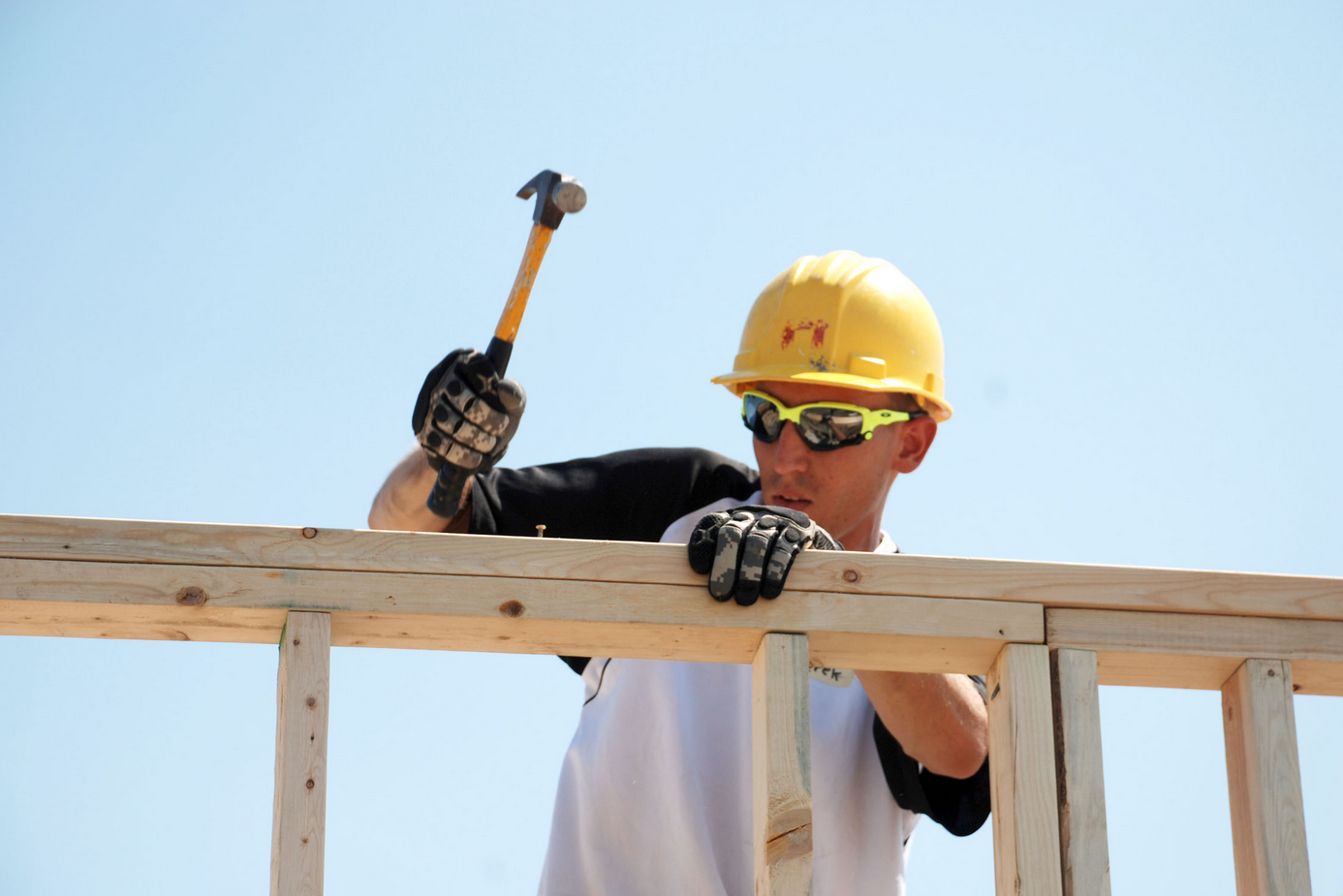
By now, we’ve grown accustomed to calls for more career and technical education in high school.
The reason for these calls is twofold. First, not everyone will go to college, so giving students an introduction to other career alternatives gives them life purpose and direction. Second, practical life skills like woodworking and welding are fast disappearing from society. Students who know how to perform them on their own will have a decided advantage and independence over those who do not.
But incorporating basic life skills into the high school curriculum benefits students beyond these two basic reasons, as one school in Eureka, Missouri is discovering.
According to the Hechinger Report, Eureka High School has made house building the central feature of one of its geometry classes. Students do their homework and then head to their tiny house project to put the principles they’ve learned into practice. Both students and teachers have grown to love the project for the following five reasons:
1. It’s Challenging
Actually applying geometry principles in real life is a lot harder than simply regurgitating them on a test. Students may have to think outside the box to determine how to make their house work out. And as Scott Burke, the developer of the house building program, explains, this has caused tears for even those who are known to be honors students.
2. It Prevents Slacking
Those who are used to checking a box and getting away with as little work as possible are also in for a surprise. Students are required to do their homework if they want to participate in the fun of building. As one student put it, “You actually have to try in this class.”
3. It’s Useful
Many students hate school because they simply can’t see the point. Incorporating geometry into construction, however, helps students make connections and see the usefulness of math—something they might miss otherwise.
4. It’s Memorable
Because the hands-on building experience is useful and applicable in the real world, the concepts are much easier for students to retain. As a principal from another school district implementing the program noted:
“It adds relevancy to mathematics. If it’s something that they created, something that they’ve done, they’re going to remember that content far better than if they memorized it for a test.”
5. It Promotes Higher Achievement
Although the Hechinger Report acknowledges that no hard data yet exists about the academic outcomes of such a program, anecdotal evidence suggests it gives the students a decent advantage over their peers:
“When Eureka High sophomore Casey Baker checked with his classmates in other geometry classes, he discovered something that made him smile. In terms of learning geometry concepts, his [construction geometry] class was far ahead of theirs.”
For years, America’s school system has tried to educate within the boundaries of four walls and uninspiring text books. If achievement rates are any indication, such a plan isn’t working. Do more schools need to think outside the box and begin using more practical, real-life ways to instill basic concepts in students?
This post 5 Reasons House-Building Should Be a Part of High School Curriculum was originally published on Intellectual Takeout by Annie Holmquist.
This work is licensed under a Creative Commons Attribution 4.0 International License, except for material where copyright is reserved by a party other than Intellectual Takeout.
